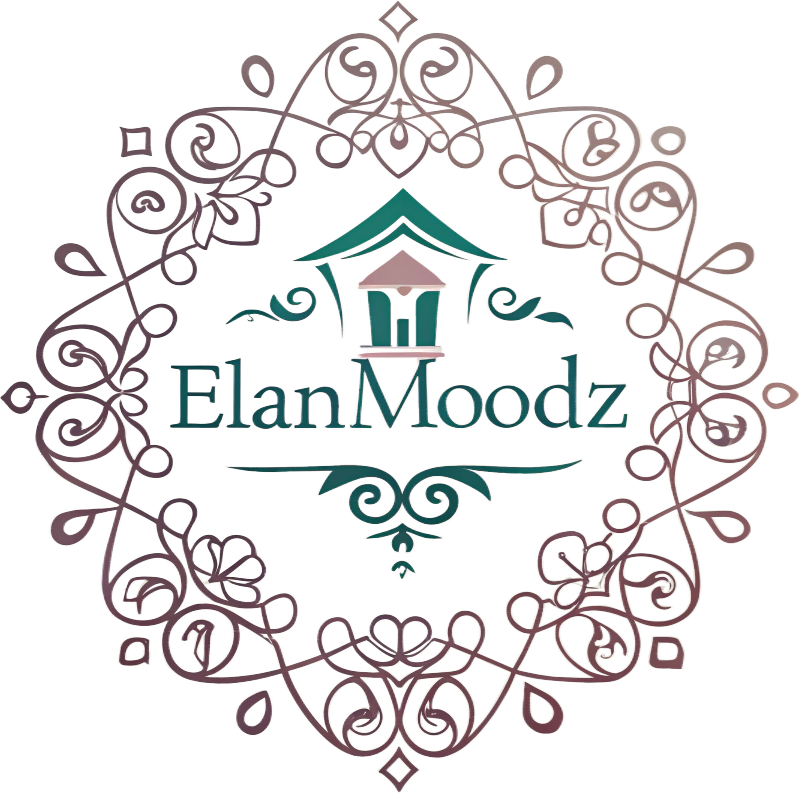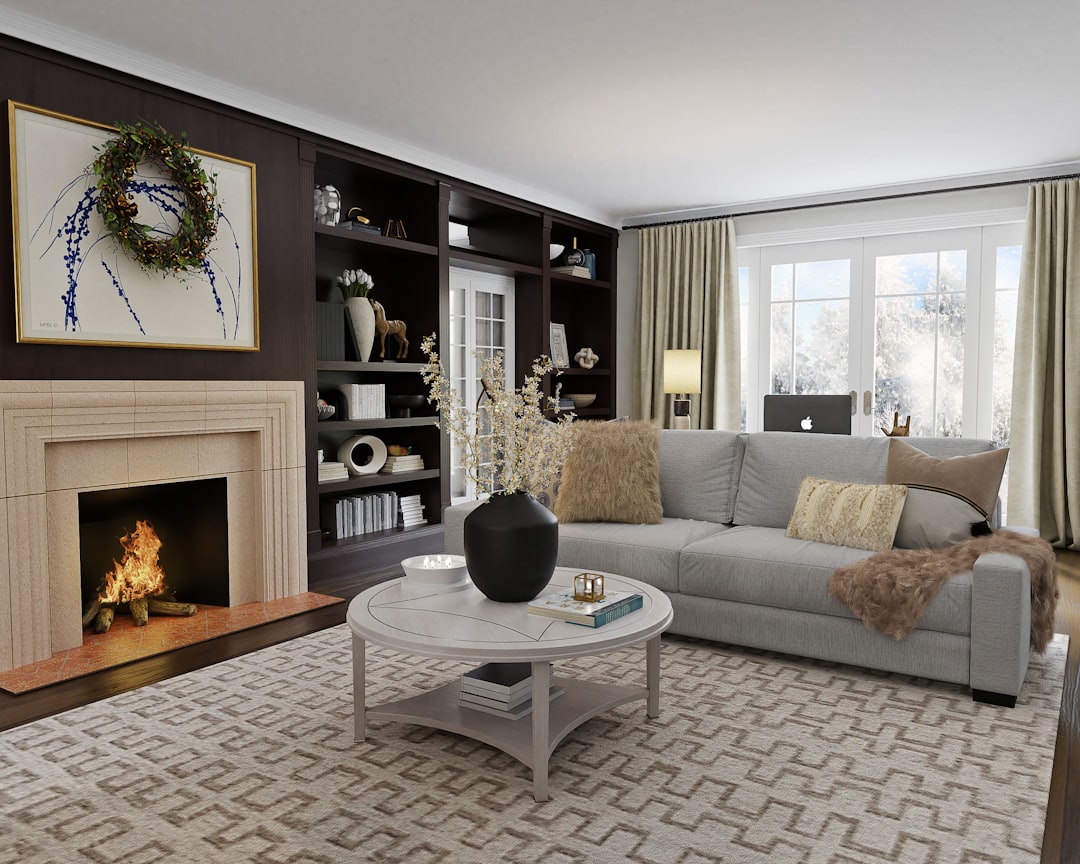The Psychology of Home Decor: How Your Environment Shapes Your Mood
Have you ever walked into a room and felt an instant sense of calm or conversely, a sudden rush of anxiety? This isn’t just about aesthetics. It’s about the powerful influence your home environment can have on your mood and overall well-being. Welcome to the world of home decor psychology—a fascinating field that explores how colors, layouts, and furnishings affect your state of mind.
Imagine entering a room painted in a serene shade of blue. It’s likely you’d feel a sense of peace wash over you. That’s because blue is known to promote tranquility and calmness, making it an excellent choice for bedrooms or meditation spaces. On the other hand, a vibrant red living room can invigorate and energize, stimulating conversation and activity.
Color psychology is just the tip of the iceberg. Consider the concept of ‘biophilia’—a term coined to describe humans’ intrinsic connection to nature. Incorporating natural elements into your decor, like indoor plants or wooden furniture, can significantly enhance your mental health. Studies have shown that being around greenery can reduce stress, improve concentration, and even boost productivity. So, adding a lush plant to your workspace might not just be a decorative choice; it could be a mental health booster.
Another crucial element is lighting. Natural light is a mood enhancer, so maximizing it in your home can uplift your spirits. Use light, airy curtains or strategically placed mirrors to reflect light and brighten up your space. In rooms where natural light is limited, opt for warm, soft lighting to create a cozy atmosphere.
Now, let’s talk about clutter—or better yet, the absence of it. A cluttered space can lead to a cluttered mind. Embracing minimalism can help create a sense of order and peace. Keep surfaces clear, use smart storage solutions, and adopt the ‘less is more’ philosophy to transform your home into a sanctuary of calm.
But home decor psychology isn’t just about minimizing or maximizing; it’s about personalization. Your home should be a reflection of you. Incorporate personal touches, like family photos, art pieces, or travel souvenirs. These elements tell your story and create a space where you feel truly at home.
Finally, consider the layout. The flow of a room can affect how you feel. An open, airy layout can evoke a sense of freedom and openness, while a cozy, enclosed space can offer comfort and security. Think about how you use each room and arrange furniture to suit those activities.
In conclusion, your home is more than just a place to live; it’s a powerful tool that can influence your mood and mental state. By understanding the psychological impacts of your decor choices, you can create an environment that not only looks good but feels good too. So, the next time you’re considering a decor change, think beyond aesthetics and tap into the emotional potential of your space. After all, a well-designed home is not just about style—it’s about harmony and happiness.






